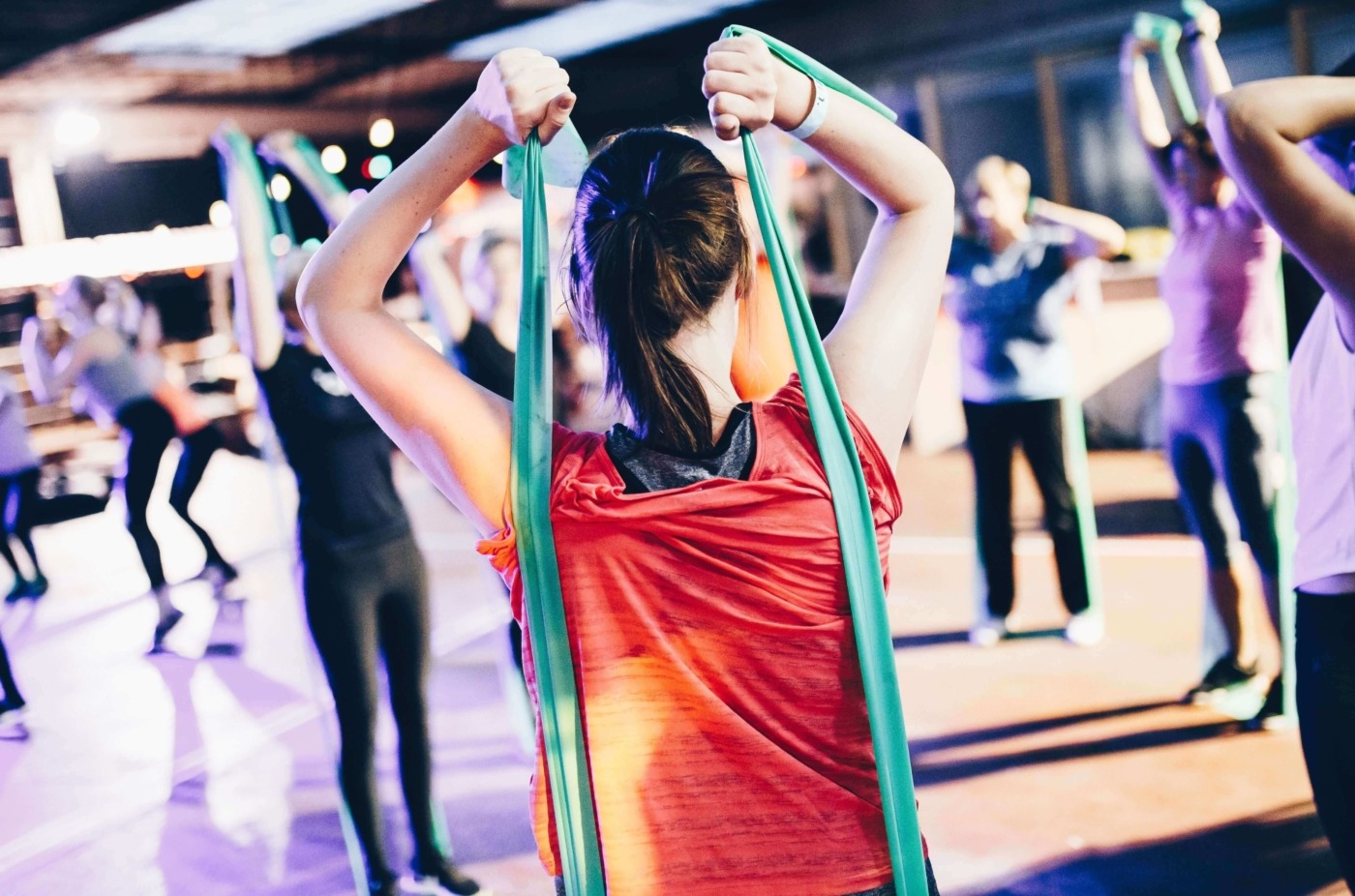Spilling the tea on fitness fads
Last year, I received a WhatsApp message from the manager of the gym I taught studio cycling classes at, which read: ‘Can you cover hit spin on Friday?’. I replied with confidence, telling him that I would definitely help cover the class. I prepared a playlist totalling 30 minutes of music designed for a High Intensity Interval Training (HIIT) workout, as opposed to my standard 45-minute class. It wasn’t until I got there, to the busy Friday-evening gym full of towel-carrying punters, that I realised there had been a typo in my boss’s message.
He hadn’t meant ‘HIIT’. He had meant ‘hot’. By which, I mean heat lamps on the ceiling. A spin class in 35℃ heat. This is exactly as bad as it sounds. Once I had mopped what felt like litres of sweat off my face, I politely told my boss that would be the first and last time I would teach Hot Spin, despite ‘the customers loving it’ and it being the latest fitness fad.
Admittedly, I am a snob about fitness fads. They often feel unnecessary. Spin has been around for years; it’s an excellent way to do cardio without the impact on your knees that running has. I try to motivate people with good music, a sense of team effort, and a few jokes.
There is no need for the dizziness, dehydration and the feeling that you can’t breathe that comes from adding heat. There was a time when regular spinning classes were considered a ‘fad’.
Moving more is great, but we should be moving better as well
Nowadays, fitness brands like CrossFit, Les Mills, and many more are the current latest trends. But like indoor cycling, they’ve got some serious staying power, due to their successful business models and the way they capitalise on encouraging beginners who would perhaps otherwise feel intimidated to walk into a gym alone. That’s where my snobbery fades a little: anything that gives people the confidence to try something new and to move more is fantastic. If fads can act as a gateway into finding a way of moving that you genuinely enjoy, then by all means get your trainers on.
The issue I have with fitness fads is that they often aren’t promoted or executed responsibly. Moving more is great, but we should be moving better as well.
Take ‘bootcamp’ style classes: you sit down all day, then go for a 60-minute workout that is so intense that you are exhausted afterwards, because you read online that it’s the trendy workout you should be doing.
‘Fitness’ as an idea has become somewhat problematic
In the same way as HIIT, it can act as an acute stress on the nervous system, particularly when an instructor is shouting at you and because you’re exhausted, you’re not performing the moves correctly. You’re likely to injure yourself. That’s not fitness, or wellness. It’s unbalanced, and not particularly helpful in terms of moving your body in a way that best suits your life.
If you love HIIT, or bootcamp style classes, that is fine. But ask yourself why you’re doing it, and if there’s anything you could be doing as well to help your body and nervous system out. I am not a Personal Trainer, but I teach indoor cycling responsibly and with this in mind.
Above all this, ‘fitness’ as an idea has become somewhat problematic. The word has become overused, and an industry that has seen large growth in the past few years, helped along by Instagram culture.
This is the uglier side of fitness fads: their inextricable link with damaging forms of diet culture
This is the uglier side of fitness fads: their inextricable link with damaging forms of diet culture. So much of the popularity of fitness fads stems from a desire to change your body aesthetically and fuels a sense of self-consciousness around the way bodies look. What if we were to praise all the ways our bodies are functionally extraordinary, rather than the way they look in a pair of leggings?
There’s nothing wrong with having aesthetic goals, but let’s have other fitness goals too. Or no goals at all, but just aim to move and live well. Fitness fads have limited value in forming a well-balanced active lifestyle.
Time is so precious – if you hate running, don’t force yourself to spend hours on a treadmill just because your favourite influencer does it. The most important part of fitness is doing what is enjoyable to you, because then it’s sustainable.
So try things out. Find a way of moving that feels good and is something you can stick to, whatever it is. Unfollow anyone on social media who makes you feel rubbish about yourself and follow educational accounts (a good place to start might be @shona_vertue or @thefoodmedic, or any responsible experts). And whatever you do, don’t tell your gym manager that you love Hot Spin. Let’s stick to a lovely 16℃ air-conditioned studio please.

Comments